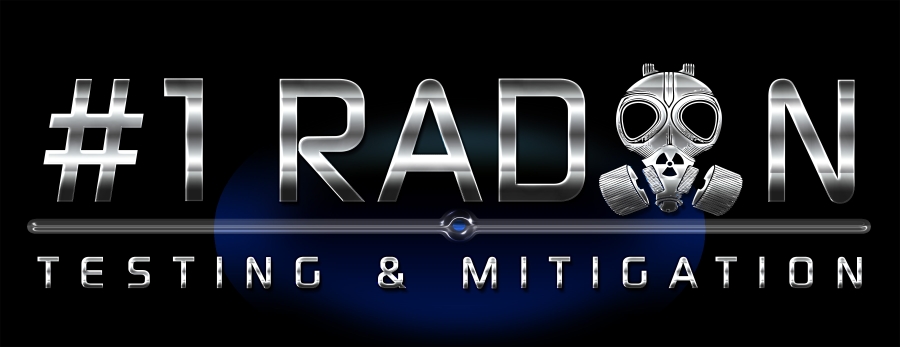 Radon is a radioactive, colorless, odorless, and tasteless gas. It is formed as natural deposits of uranium throughout the earth’s crust decay. As radon decay products are inhaled, they can alter the cells in the lungs. These alterations can increase the potential for getting lung cancer. Radon is the second leading cause of lung cancer behind smoking. An estimated 14,000 people die of radon related lung cancer each year.
Radon is a radioactive, colorless, odorless, and tasteless gas. It is formed as natural deposits of uranium throughout the earth’s crust decay. As radon decay products are inhaled, they can alter the cells in the lungs. These alterations can increase the potential for getting lung cancer. Radon is the second leading cause of lung cancer behind smoking. An estimated 14,000 people die of radon related lung cancer each year.
The amount of radon in a building is dependent upon several factors. These factors include the geology, a driving force, pathways into the building, and the ventilation rate. As the concentration of uranium is in the underlying soil increases, so does the strength of the radon. Radon is transported to buildings more easily through permeable soils. Buildings can create pressure differentials that will draw in the soil gases. Radon can enter the building through many paths such as cracks in the foundation, utility penetrations, sumps, and floor drains. The ventilation rate of the building affects the final radon concentration.


